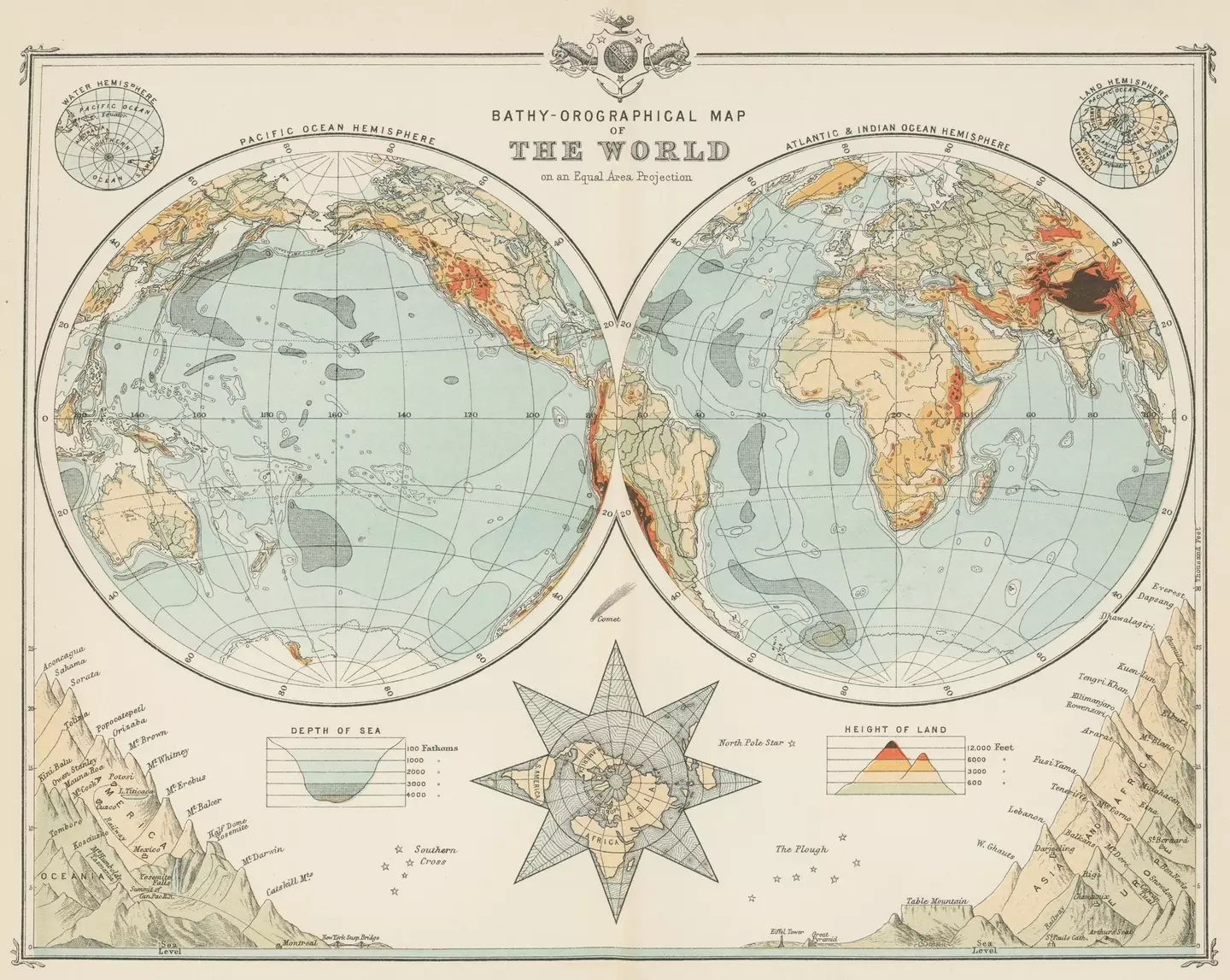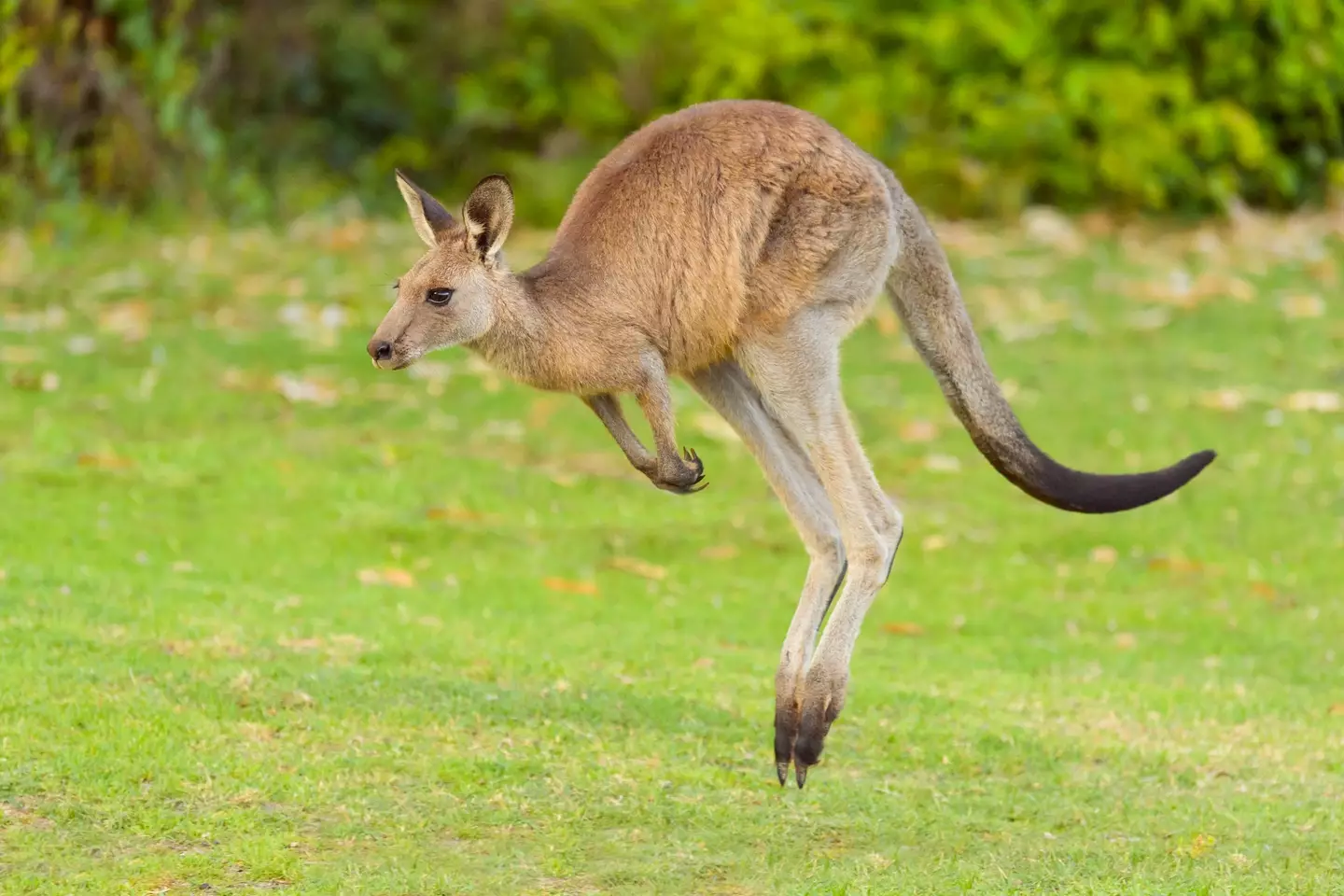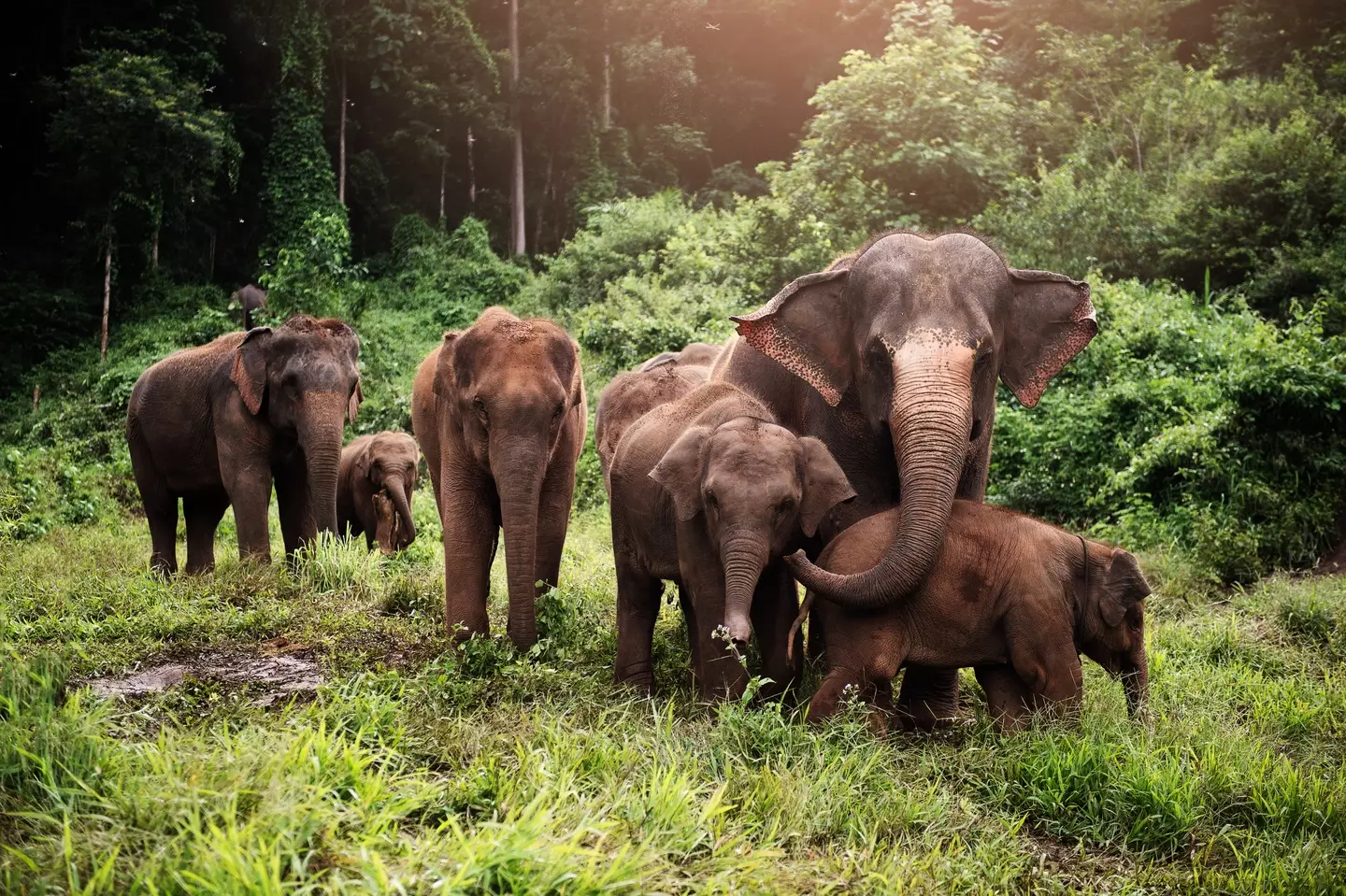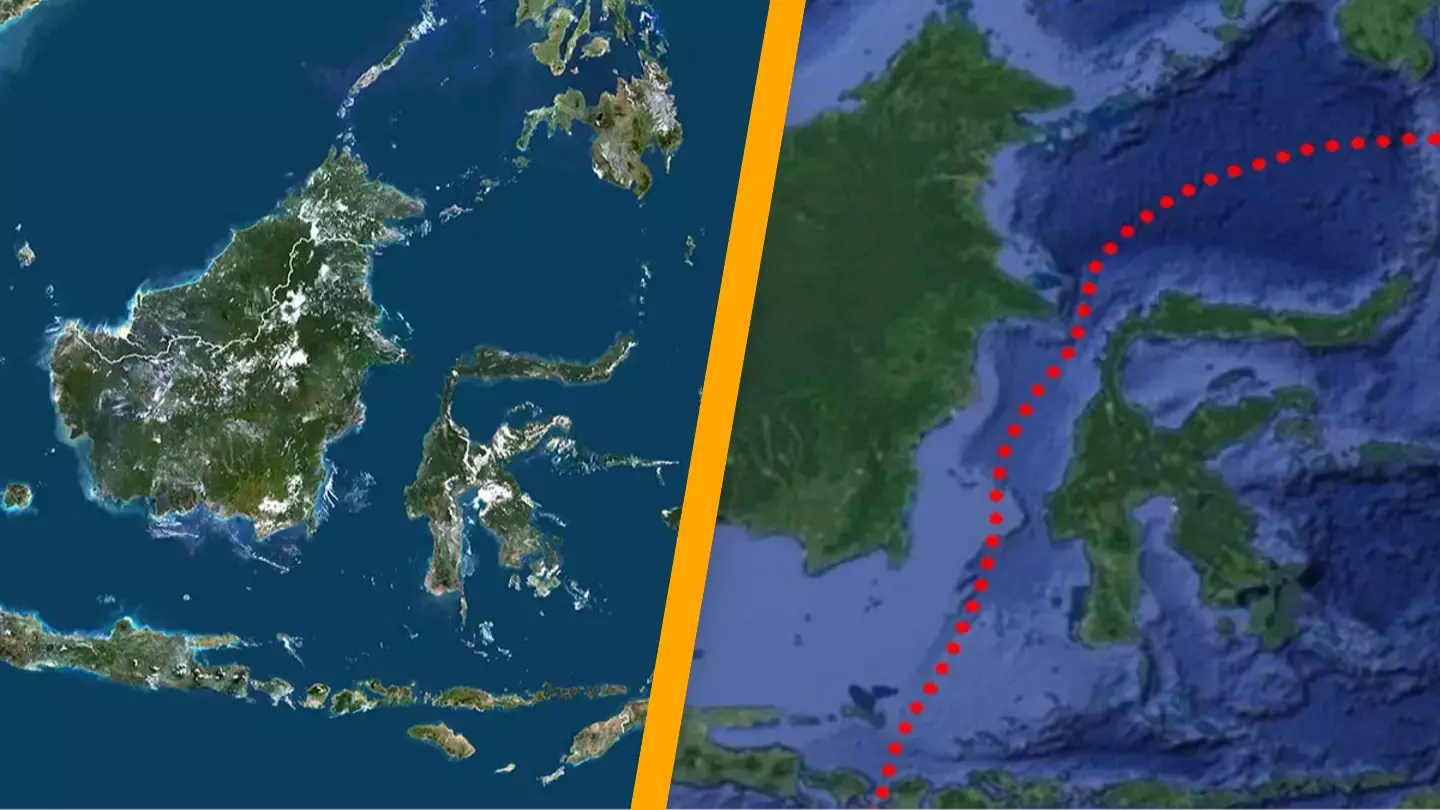Researchers have developed a hypothesis to explain why animals on either side of a specific ‘line’ exhibit such stark differences.
There are numerous natural boundaries that, while not always visible, significantly influence the local wildlife.
Take, for instance, the waters off the Cape of Good Hope at Africa’s southern point, where the Atlantic and Indian Oceans converge.

This underwater boundary is distinct enough that it affects animal migration, with some species not crossing between the two oceans, while others do.
Islands are of particular interest to biologists because species there evolve in relative isolation. This is why Charles Darwin observed such varied characteristics in animals from different parts of the Galapagos.
However, the ‘boundary’ in question was identified by Alfred Russel Wallace, a contemporary of Darwin, during his travels in the Malay Archipelago.
This archipelago consists of over 25,000 islands, including present-day Indonesia, the Philippines, Malaysia, Singapore, and Papua New Guinea.
Why is this so intriguing?

Wallace noted that the animals on each side of what is now known as the ‘Wallace Line’ displayed significant differences.
On one side, the region is closer to Asia, while the other side is closer to Australasia, which is renowned for its unique wildlife.
On the Australasia side of the Wallace Line, there are animals similar to those in Australasia as well as some from Asia.
Conversely, on the Asian side, the fauna consists solely of animals typically found in Asia.
Wallace inferred that Asian animals could traverse this biogeographical boundary, whereas Australasian animals could not.
On the Australasia side, you find creatures like marsupials—such as the native kangaroo—and monotremes, which include echidnas and platypuses.

On the Asian side, however, there are no marsupials; instead, you find elephants, rhinos, monkeys, and apes.
One proposed explanation for this differentiation is the impact of varying climates due to ancient geological events.
Study lead author Alex Skeels explained in a statement: “When Australia drifted away from Antarctica, it opened up this area of deep ocean surrounding Antarctica which is now where the Antarctic Circumpolar Current (ACC) is.
“This dramatically changed Earth’s climate as a whole; it made the climate much cooler.”
The severe climate change affected species on each side of the line differently, leading to the distinct animal populations we observe today.

